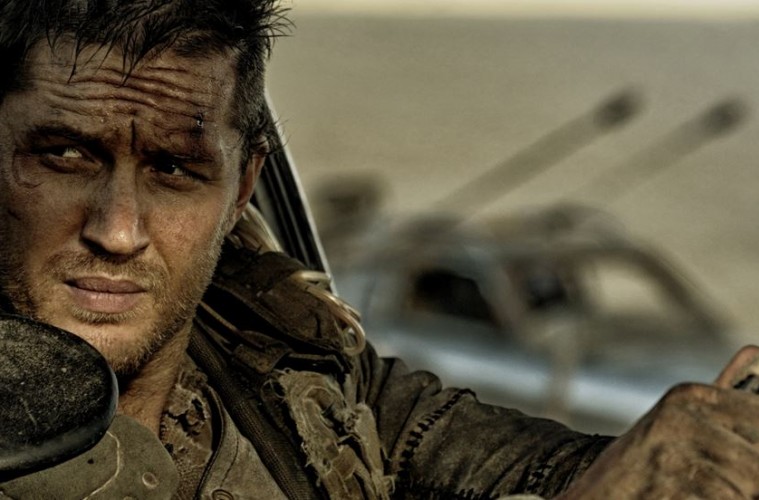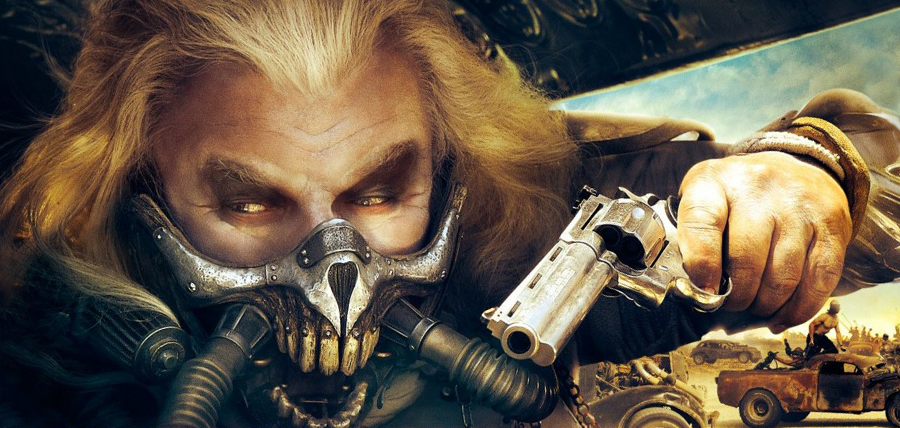Not without its fair share of controversy, the MPAA is responsible for the movie rating system (G, PG-13, R, etc.) here in the United States. In the past they’ve come under fire for rating too harshly when it comes to sex and not enough when it comes to violence. However, like most debates on sex/gender and violence on film, the logic behind the MPAA’s rating system has as much to do with incidents involving bare breasts and exploding heads as it does with the movie as whole.
Which brings me to Mad Max: Fury Road. Having seen Fury Road twice in the theater and once on blu ray now, I’ve had a lot of time (maybe too much) to muse about the film. In particular, what it tells us about the current state of R rated movies.
Currently, the film industry has been aggressively courting the PG-13 rating. For studios, PG-13 is an undeniable sweet spot to optimize the number of butts in seats. However, in the process it has left a very vocal portion of cinephiles pining over the dearth of restricted “genre” fare. Admittedly, some of the reasons viewers have been wanting more R sci-fi and action are unrealistic (you were never going to get an R rated Wolverine film, guys), but some arguments against PG-13 are pretty spot on (IMO, PG-13 horror should just die).
The overwhelmingly positive reaction to Fury Road has to do with many things, but for my money, it speaks volumes about the type of entertainment we’ve been missing since PG-13 became the default for Hollywood. It also speaks volumes about what the MPAA views as inappropriate for mass audiences and what an R rated film can accomplish.
What follows are just a few random thoughts about what Mad Max says about the current state of the MPAA and the R rating. These observations are deliberately open-ended musings on what has easily become one of my favorite modern action films. Feel free to muse along with me in the comments section if you agree or disagree.
Violence Against Women Makes The MPAA Squeamish
Historically, the MPAA has awarded PG-13 to films that feature cartoon-y, consequence-free violence against men and women. However, more often than not, when it comes to violence against women that goes outside of your typical damsel-in-distress or cat fight scenario, the MPAA starts leaning towards an R Rating (For example, The Matrix, The Long Kiss Goodnight, Point of No Return, Kill Bill, Lucy, are all rated R).
While I’m not an MPAA member, it does lead me to speculate whether one of the reasons these films are being awarded the “restricted” label is because the female protagonists are going man a mano with male antagonists. Even further, perhaps movies like Mad Max feature men assaulting and attacking women with the type of viciousness that makes the ratings board uncomfortable. Whether that is fair or unfair to female protagonists everywhere is debatable. Especially when you take into account if you as a viewer want to see female characters bloodied in a PG-13 film vs. an R rated one.
Subject Makes A Huge Difference
Brace yourself. I’m going to talk about the R word.
In Fury Road, at the center of Immortan Joe’s reason for pursuing Furiosa and the five wives, it is clear that he and his ilk have been holding women against their will and forcing themselves onto them in an effort to extend the family line. While we see none of this on screen, the very consistent threat of rape is enough to warrant Fury Road an R.
Whether used as subtext within the plot or actually shown in the film, certain situations can’t be touched upon in G, PG, or PG-13 rated movies. This isn’t limited to acts of sexual violence but also pertains to ANY hot button subject, regardless of whether it is depicted or not. This also seems to include racism (except when it is in a biopic), war, and, of course, issues surrounding the LGBTQ community.
Meanwhile, PG-13 and below can only tackle certain real world subjects with a minimal safe distance.
Gore And Nudity Aren’t The Only Reason Audiences Want R Rated Films
Whether you consider the newest Mad Max a feminist triumph, a work of art, or the best action film in way too long, you’ll be hard-pressed to label the film as pornographic. As a matter of fact, with the exception of Immortan Joe’s suitably violent demise (“Remember me?” YONK!), there isn’t much gore to be found in Mad Max: Fury Road and no full-on nudity.
So why did the new Mad Max get an R rating exactly? Outside of the many fatal car wrecks (which the PG-13 Fast & Furious franchise also has tons of), the answer comes down to “tone.”
Much like subject matter, tone plays a part in how the MPAA rates a film. A film like Fury Road is lite on levity but in a far more textured way than most “sophisticated” action films of the modern era (shots fired, Christopher Nolan, Paul Greengrass, and Sam Mendes).
This is an action-packed yet somber movie that knows it is for adults and rewards its viewers for wanting to see an adult film. Director George Miller accomplishes this by not shying away from the cruelty of the world he’s created. This is a film where rape culture is the standard, where humans still refuse to relinquish worldly possessions like gas, and a character’s death is allowed gravitas. Fury Road sets the tone for an unapologetic world that cranks up every injustice we tolerate in real life to its horrific conclusion.
Conclusion
Needless to say, I really loved Mad Max: Fury Road. For me it is the type of movie that makes a lot of recent films look bad by comparison. It is because of the movie’s exceptionalism that I really hope it breeds a new generation of filmmakers. Much like other R rated classics like The Matrix or Pulp Fiction, Fury Road has the potential to be imitated to death. But if that means more action-packed cinema that isn’t watered down to reach a PG-13 crowd…then I am willing to roll the dice on what it spawns next.
Let us know what you think about the R rating, the MPAA, or Fury Road in the comment section below.
Troy on Twitter | Action A Go Go on Twitter and Instagram | Be sure to leave your thoughts in the comments section!
Troy-Jeffrey Allen writes about action/adventure for Action A Go Go. He is a comic book writer whose works include BamnComics.com, The Magic Bullet, Dr. Dremo’s Taphouse of Tall Tales, and the Harvey Award nominated District Comics. In addition, Allen has been a contributing writer for ComicBookBin.com, OfNote Magazine, and ForcesOfGeek.com. His work has been featured in the City Paper, The Baltimore Sun, Bethesda Magazine, The Examiner, and The Washington Post. Yes, he wrote this bio.






